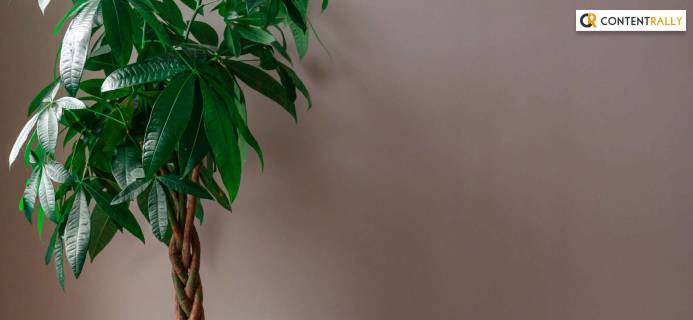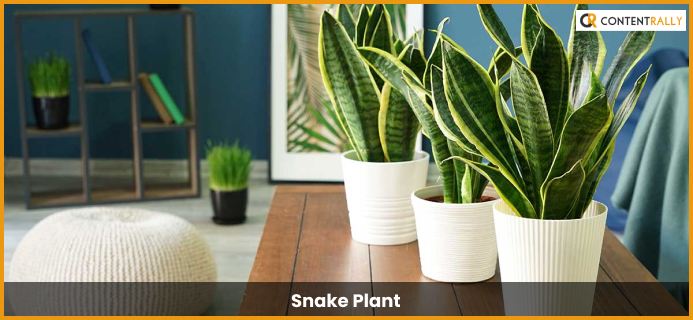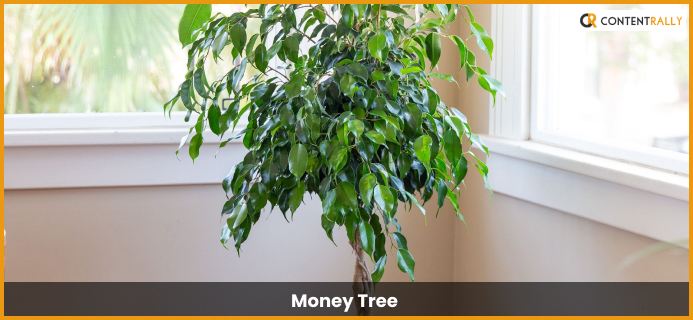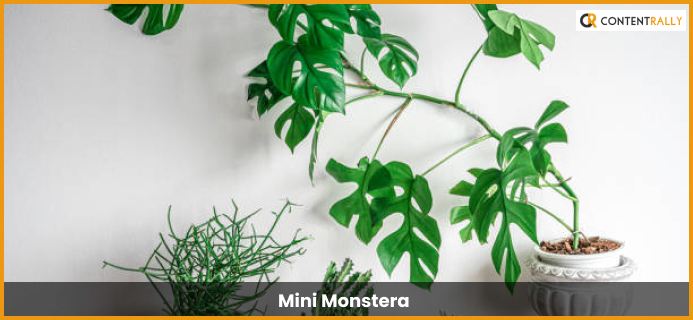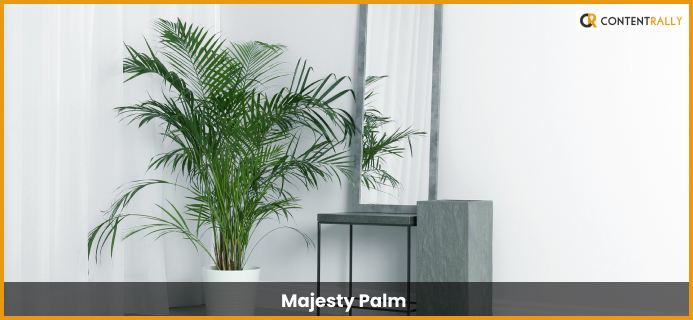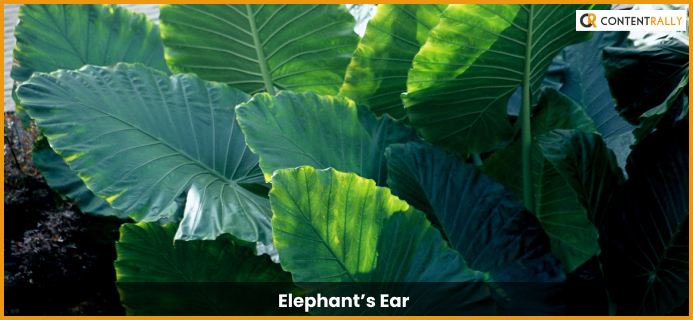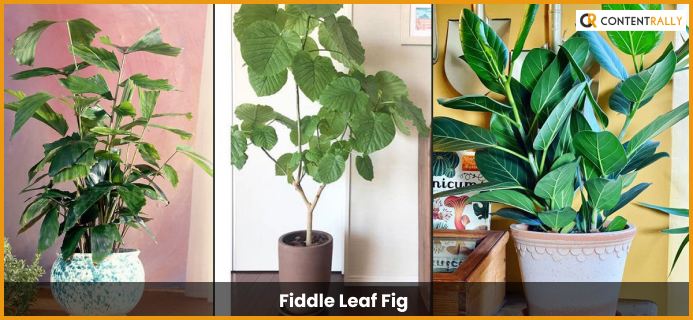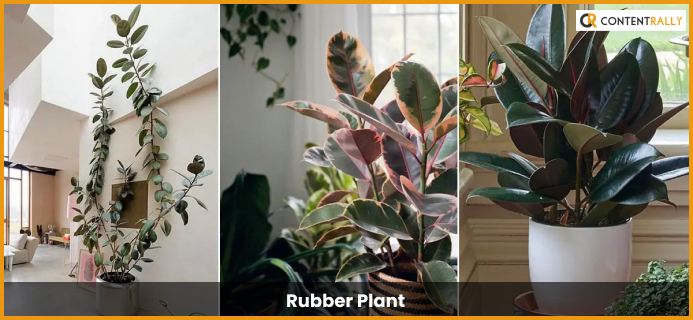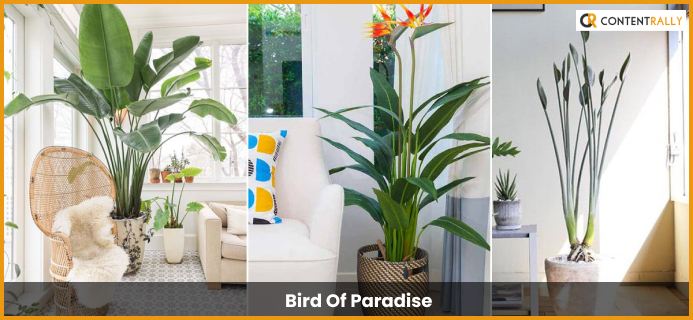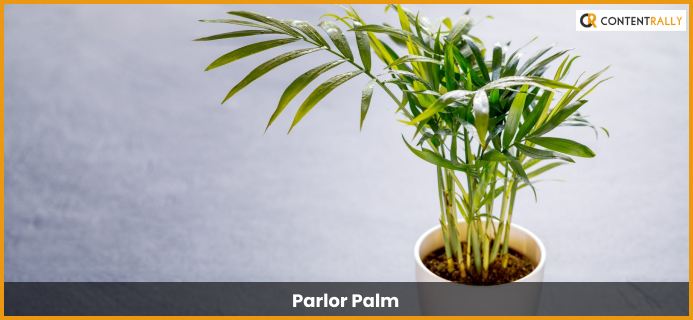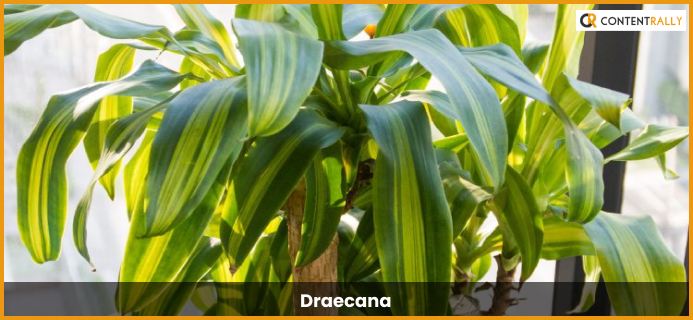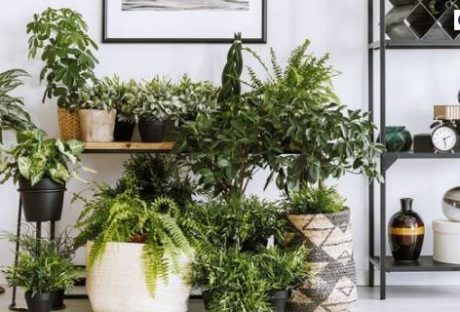In the present era, interior design has changed a lot compared to what it was a decade ago. Nowadays, most people are bold enough to experiment with anything and everything when it comes to having an alluring interior.
In such a condition, you can find the tall house plants playing a prominent role in boosting the interior outlook of the house. So, if you also desire to keep them in the house interior, this article is for you. The best you can do is go through the list below and choose the right plant to keep in your room.
However, remember that the rare plants in this list can be expensive. So, it can be a good step to know about the plants at first and later invest money. So, take a look at the list for now.
Read More: 10 Best Trailing Indoor Plants To Buy In 2022
Top Ten House Plants You Can Keep In 2022
Here is the list of the top ten house plants that you can keep in your place this year. One common factor in all these plants is that they have an aesthetic outlook. So, you can check all entries here.
1. Snake Plant
The Snake Plant is scientifically known as Dracaena Trifaciata. The unique and alluring fact about this plant is the presence of fleshy leaves. This plant can grow up to 6 feet and thus, you can consider it as a tall tree to keep in the house.
In case of buying tall indoor house plants anytime soon, you should always check the price. The best you can do is give water in intervals to allow a snake plant to grow.
2. Money Tree
Money trees can grow up to 8 feet and you can keep them in your hall or drawing room area. The braided stem of this plant can ensure added aesthetics to your place. When buying a money tree, you should always check if it is mature.
Expect the price of a money tree to be high but it would always come between $60 to $80. Make sure to give the plant, indirect light, and water every two weeks.
3. Mini Monstera
If you are looking for a plant that has lush green leaves, the Mini Monstera can be the right plant for you. If you desire to keep this plant at your place, make sure to add a stick or robe to it. As a result, you can expect this plant to grow some 12 feet.
The price of a small Mini Monstera Plant is $20 to $80 approximately. However, you can check an e-commerce site to know the exact price. The best you can do is buy this plant as a tall house plant real. Finally, the only thing you need to remember is to give the plant indirect lighting. This can always keep the plant healthy for a long time.
4. Majesty Palm
The majesty palm is one of the greatest tall house plants of all time. It is famous due to its pet-friendliness. You would be amazed to know that the plant needs much less maintenance. In only a few months, the Majesty Palm can grow up to 10 feet approximately.
The only thing this plant need is indirect light. Moreover, some humidity in your room can also be beneficial for this plant to grow. When searching for a Majesty Palm in the market, you should look for a matured plant. Expect its price to be at $30 to $90.
5. Elephant’s Ear
The trade name of the Elephant’s Ear plant is Alocasia. It is an example of tall tropical house plants that can grow more than 10 feet in length. Now, this plant is a bit expensive because of the unique shape of the leaves.
In the US. people to grow this tree in a medium-sized pot. Like all other plants in this list, this plant also needs indirect lighting. For an Alocasia, you might have to spend $100-200 for a matured plant. Make sure to check the breed of the plant when you buy it.
6. Fiddle Leaf Fig
Ficus Lyrata is the scientific name of a Fiddle Leaf Fig. The plant has got such a name because its leaves look like a fiddle. This plant can also grow above 10 feet but the average height is from 5 ft to 10 ft. The only thing you need to keep in mind is to keep the plant in a sunny, watering area. So, it can quickly gain its height.
7. Rubber Plant
If you have a room where you get bright light, try keeping a rubber plant. Rubber plants grow rapidly when they get bright light. So, you can expect this plant to grow some 8 to 10 feet. The only thing you need to remember is to apply fertilizers to the plant on a bi-weekly basis.
8. Bird Of Paradise
When it comes to tall house plants in low light, you can count on Birds Of Paradise. This leafy plant can grow above 5 feet and you can give it some indirect headlight. The best you can do is attach some other plants with them in the same tub. Expect to get a healthy Bird Of Paradise Plant in some $50 on the leading e-commerce websites.
You May Like To Read This: 5 Tips to Keeping Animals Away From Your Garden
9. Parlor Palm
The Parlor Palm is yet another tall tree that you can keep in your house. The best thing about this palm tree is that it needs much low maintenance. This tree can grow up to 6 feet. You can get a matured plant for $60 to $90.
10. Draecana
The last entry in the list of tall house plants is Draecana. It is different from the aforesaid variant as it has red leaves. It also grows tall in low light. So, you can keep it in your house. Look for a matured plant if you have a plan to purchase it soon.
Frequently Asked Questions (FAQs):
Q1. What Is The Plant Of 2022?
The baby rubber plant and potted bamboo are two plants that you can buy in 2022.
Q2. What Houseplants Grow The Tallest?
The snake plant is among the best house plants that grow the tallest.
Q3. What Is The Most Popular House Plant?
The rubber plant and parlor palm are some famous house plants.
Q4. What Plants Are Trending Now?
The Island Pine and Areca Palm plants are trending in the current year.
Final Words
You might think that the tall plants might be difficult to keep in the houses but it is just a myth. The correct plants would always grow and remain healthy in your house.
The best for you would be to choose a plant from this list. Most of the plants mentioned here are excellent when it comes to indirect light and low maintenance. However, you should remember watering them and applying fertilizers.
Read More:
- Garden Edging for Beginners
- DIY Ways to Control Pests in Your Garden
- Best Material for Garden Sheds: A Guide for Everyone













